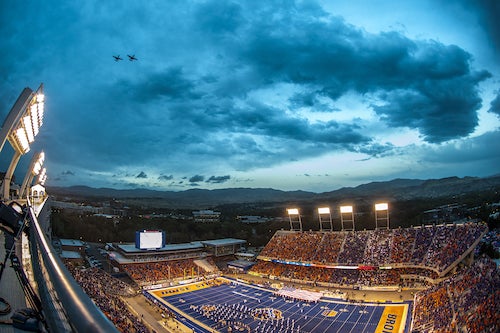Taken from “The Broncos: A history of Boise State University athletics, 1932-1994” by Patricia K Ourada, 1994.
Boise Junior College Pep Band’s humble beginnings
From its beginnings as a junior college, Boise State has developed a long tradition of excellence in music. In 1932, the music department created an orchestra. Concurrently the small student body started a pep band to play at athletic events. The pep band was an on-again, off-again endeavor throughout the 1930s. The band members played in street clothes at the home football games and received partial academic credit for their efforts to rally Bronco fans to support their team.
In 1940-41, the pep band became an official school project. The Les Bois (the junior college yearbook) credited the organization of the pep band to Bob Hays, Charles Jensen and Jay Belnap. The pep band, consisting of sixteen members under the direction of Jim Baker, played at Bronco home games and became one of the finest bands in the Boise Valley. This was the first band to wear official uniforms, which consisted of dark pants, white shirt, tie and V-neck pullover sweater with the BJC music department emblem sewn on the front.
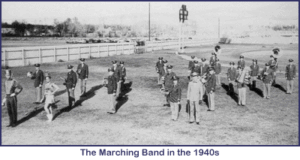
World War II took its toll on the pep band membership. However, by 1947 the pep band, wearing the same uniforms that they began with in 1940, played at both football and basketball games. Carroll E. Weber directed the band. The pep band became a welcome addition to all home games and took to the road in 1948, traveling with the team to some away games.
In 1949, Jack Best directed the pep band. That year, the Boise Junior College Band attended the Potato Bowl in Bakersfield, California, and was described as “packed with violent enthusiasm.”
Transition to Boise Junior College Marching Band
The following school year, 1950-51, marked the transformation of the pep band into a marching band. Under the direction of Best, the band consisted of thirty-five members clad in new uniforms of gray trousers, blue sweaters and bright orange bow ties. The new marching band performed at both home and away games.
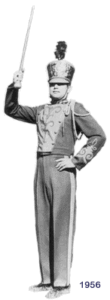
The transformation from pep band to marching band brought an increase in financial obligations. The music department had trouble recruiting enough students to play in the marching band. With limited funds, it was difficult to provide scholarships, sheet music, uniforms, and in some cases instruments, for the students. In addition, travel money was a problem. Community contributions to the music department and the general fund helped finance the band. Two major contributors from the community were banker John Schoonover and construction entrepreneur Harry W. Morrison. Both contributed money earmarked for scholarships that enabled students throughout the state of Idaho to attend BJC.
Travel to the Junior Rose Bowl!
During 1950, the Boise Junior College marching band traveled to the Junior Rose Bowl in Pasadena, California, lending its support to the Broncos in the football game against Long Beach City College. The band also traveled with the Broncos to the Potato Bowl games in 1951, 1954, 1957 and again in 1965.
It was the band’s appearance in the 1957 Potato Bowl that inspired Morrison to write to Eugene Chaffee (Boise State’s first President), stating that, “it seemed to me at Bakersfield that our band lacked considerably from the standpoint of dressiness and that maybe you will find it advisable to buy new uniforms for the band.” Morrison offered to pay the cost of the uniforms. At $102.30 each, the sixty uniforms came to a grand total of $6,138. The new uniforms consisted of coat and pants, a cap with an orange plume, breast patch including monogram, Sam Browne belt, citation cord, spats, shoulder patch, gloves and an additional white stripe. These uniforms served the marching band through the 1960s.
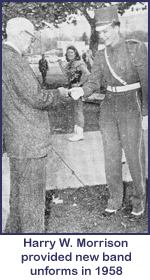
Boise State Junior College becomes Boise State College
The 1960s marked a period of transition for both the college and the marching band. Its last major appearance as the Boise Junior College Marching Band was in 1962 at the Seattle World’s Fair. By the 1969-70 school year, the Boise State College Marching Band had grown to 115 members. One of the highlights of the season was the marching band tour to Sacramento, San Luis Obispo and San Francisco, California. The climax of the trip was a nationally televised halftime performance at the football game between the San Francisco ’49ers and the Washington Redskins. This appearance brought national recognition to the music program at Boise State College.
New responsibilities create new problems
Unfortunately, in the 1970s the band found itself in a financial crunch. With funds drying up and costs increasing, director of bands Mel Shelton faced a dilemma not unlike those at many other institutions of similar size. The funds available from the athletic department and the university were no longer substantial enough to meet the growing needs of the marching band. The student government had become increasingly apathetic to the financial needs of the band, and money that had been coming from the community through the ’50s and ’60s was no longer available.
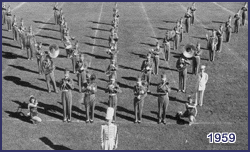
In addition to financial problems, Shelton also had difficulty convincing students to give approximately eight hours a week of their time in return for only one college credit. Conflicts also arose over the use of the stadium for practice. Fan enthusiasm seemed lacking. It became obvious that once the football team left the field at halftime, the fans left their seats. Audience response no longer justified the amount of time and energy expended to put together a proficient halftime show. Due to these difficulties, the university decided that after the 1975 football season the marching band would no longer participate at athletic events.
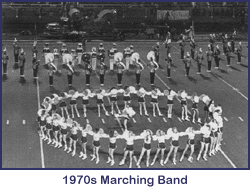
“Bronco Spirit” bridges the gap
Through the late 1970s and into the ’80s, the music department felt that if it could not produce a top-quality marching band to do both itself and the university proud, it would rather have the band eliminated from Boise State altogether. After much formal discussion, but contrary to the music department’s preference, it was determined that a 31-piece pep band called the “Bronco Spirit” would play intermittently during football games while area high school marching bands would perform during halftimes.
A Patron emerges, a Star is Born
Boise State continued to grow over the next eleven years but remained without a marching band until 1986, when a $250,000 scholarship donation from Keith and Catherine Stein of Boise gave new life to the music department’s dream of reestablishing a marching band. A total of $545,000 was raised to support scholarships for members of the new Keith Stein Blue Thunder Marching Band. There were many contributors to the marching band fund, and the especially large outpouring from the community of Boise indicated that the presence of a university marching band had been sorely missed.
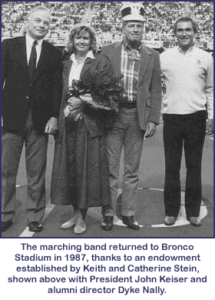
The Keith Stein Blue Thunder Marching Band, directed by David A. Wells, made its debut at Boise State’s first home football game on September 5, 1987, becoming a source of instant pride to both the university and community. The band marched onto the field in new uniforms consisting of short blue jackets with a tuxedo-type lace shirt and bright Bronco orange cummerbund. The color guard, flag corps, and Mane Line Dancers accompanied the team on the field.
As the band marched into the ’90s, it sported a more traditional look similar to the marching band of the 60s. As the university and its band moved on into a new century, Blue Thunder was able to update its look with a set of silver sousaphones and trombones and new, more contemporary uniforms. The new uniforms consisted of navy overall pants under a streamlined navy and white jacket accented with a diagonal royal and white sash with orange piping.
Keith & Catherine Stein Blue Thunder Marching Band Hall
In 2006, the Blue Thunder moved its offices and storage areas from the bowels of the stadium to the new Keith and Catherine Stein Band Hall. The facility, built in conjunction with the Caven-Williams Sports Complex, provided the band with climate-controlled rehearsal, storage, changing, and office space for the first time in its history. The 2006 season was crowned by the band’s performance at the Fiesta Bowl; exposure from the game and new facilities boosted recruitment, and Blue Thunder reached record numbers for the 2007 season. The band marked its 20-year anniversary with an alumni reunion and performance, with twenty years of musicians mingling to fill the field at halftime.
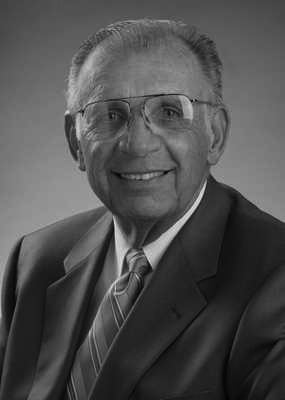
Leaders of the Band
When the 2008 Blue Thunder Marching Band convened, it initially did so without its leader. Director David A. Wells was fighting cancer and missed the first several weeks of the season. He quickly returned to the helm and led the band into a dazzling season of showpiece performances, memorably including Music Department Head Mark Hansen’s performance of “Rhapsody in Blue” on a custom-made blue
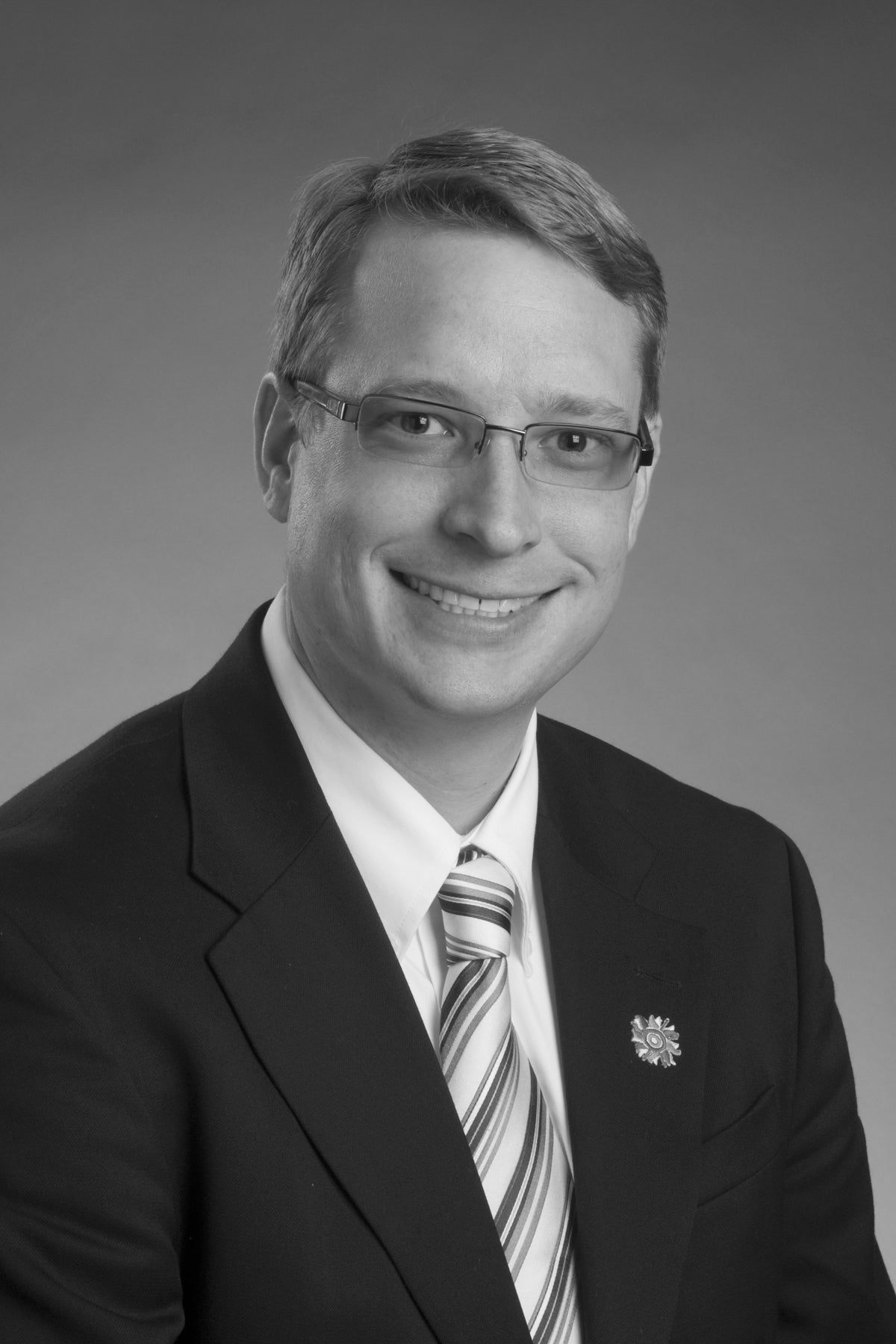
Steinway piano on the blue turf. At the close of the season, the Steins presented the star-studded Steinway as a special gift to Professor Wells. Shortly afterward, Professor Wells announced his intent to retire from his beloved post in order to fight for his health and spend time with his family.
In May of 2009, David Wells passed away. His life was celebrated in an unprecedented funeral service, accompanied by the full marching band performing within the cathedral. Leading the band in their bittersweet procession was Blue Thunder alumnus and former assistant director Dr. Nathan Stark, who graciously agreed to serve as the
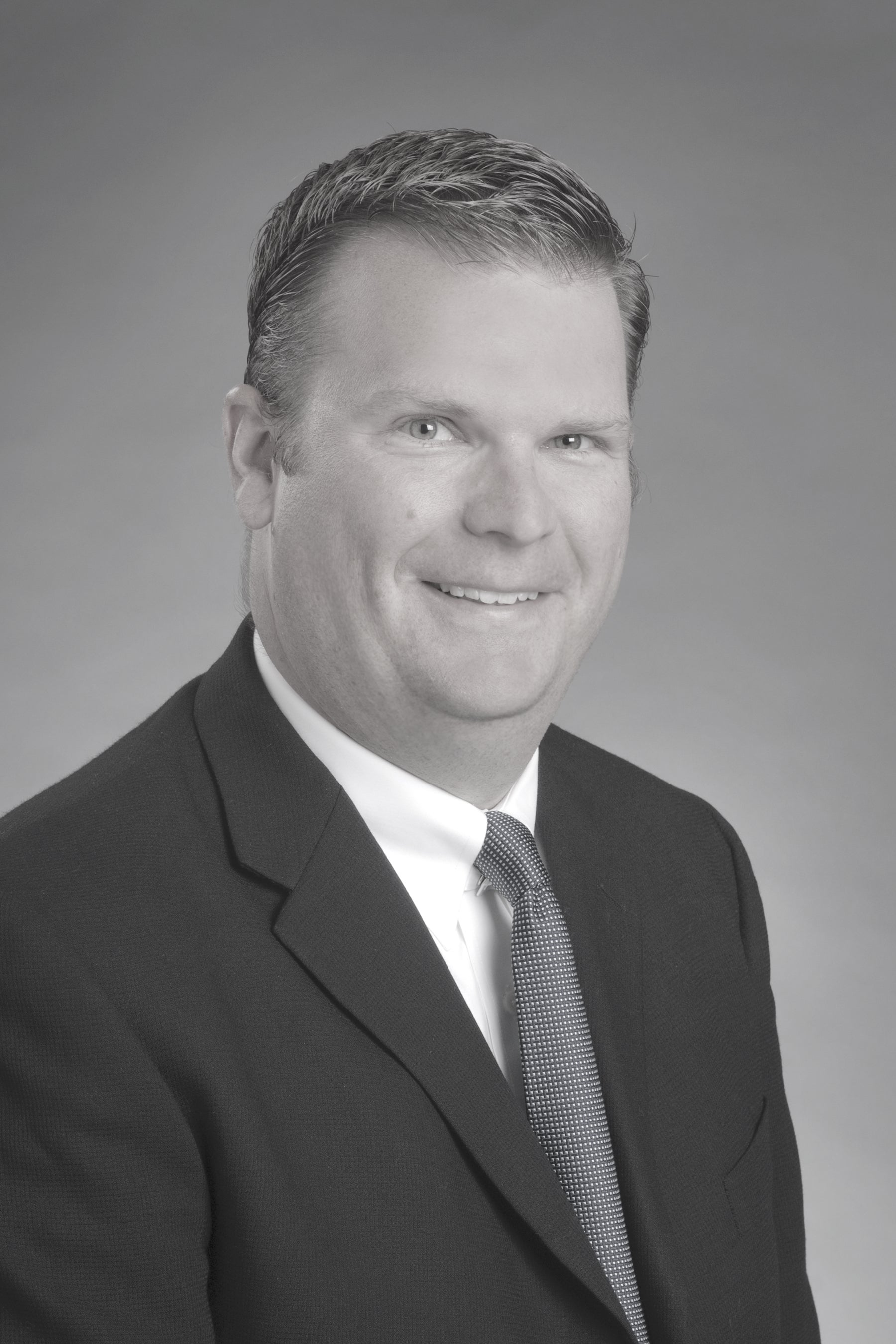
interim director of the band for the 2009 season. In a tough time of transition, Dr. Stark raised the band to a new level.
The Blue Thunder Marching Band was under the direction of Dr. Eric Smedley in 2010. Under his guidance, the band thrived and set its sights on a season that honored the past and present leaders, university, and community.
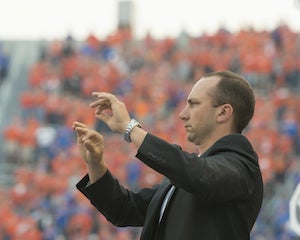
Ushering In A New Era
In 2011, Joe Tornello was appointed interim director of the band. During this term, he motivated every member to excel. He has done wonders for the band program and after another round of interviews, he was appointed the permanent Director of Athletic Bands in December, 2011. Due to its quality of sound, Blue Thunder was asked to perform for President Obama when he visited Boise in January 2015. Under Dr. Tornello’s direction the band has matured and traveled throughout the northwest, introducing their thunderous sound to new fans.
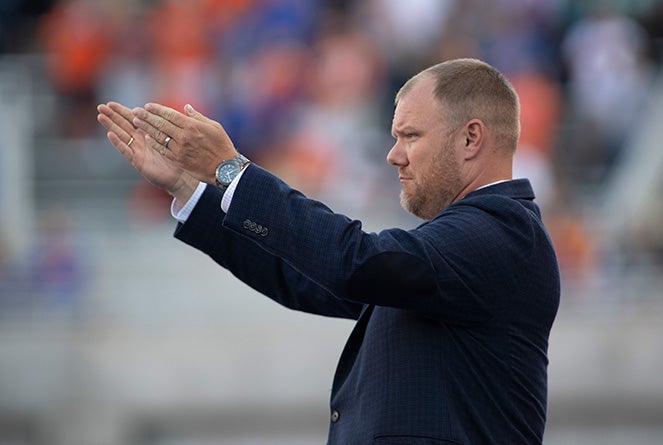
Many of these newfound fans subsequently audition and become members of the Blue Thunder, creating the largest band Boise State University has seen. Consequently band membership has hovered around 200 members since 2017, and with the addition of Assistant Band Director Bill Waterman in 2019, the growth shows no signs of stopping.
